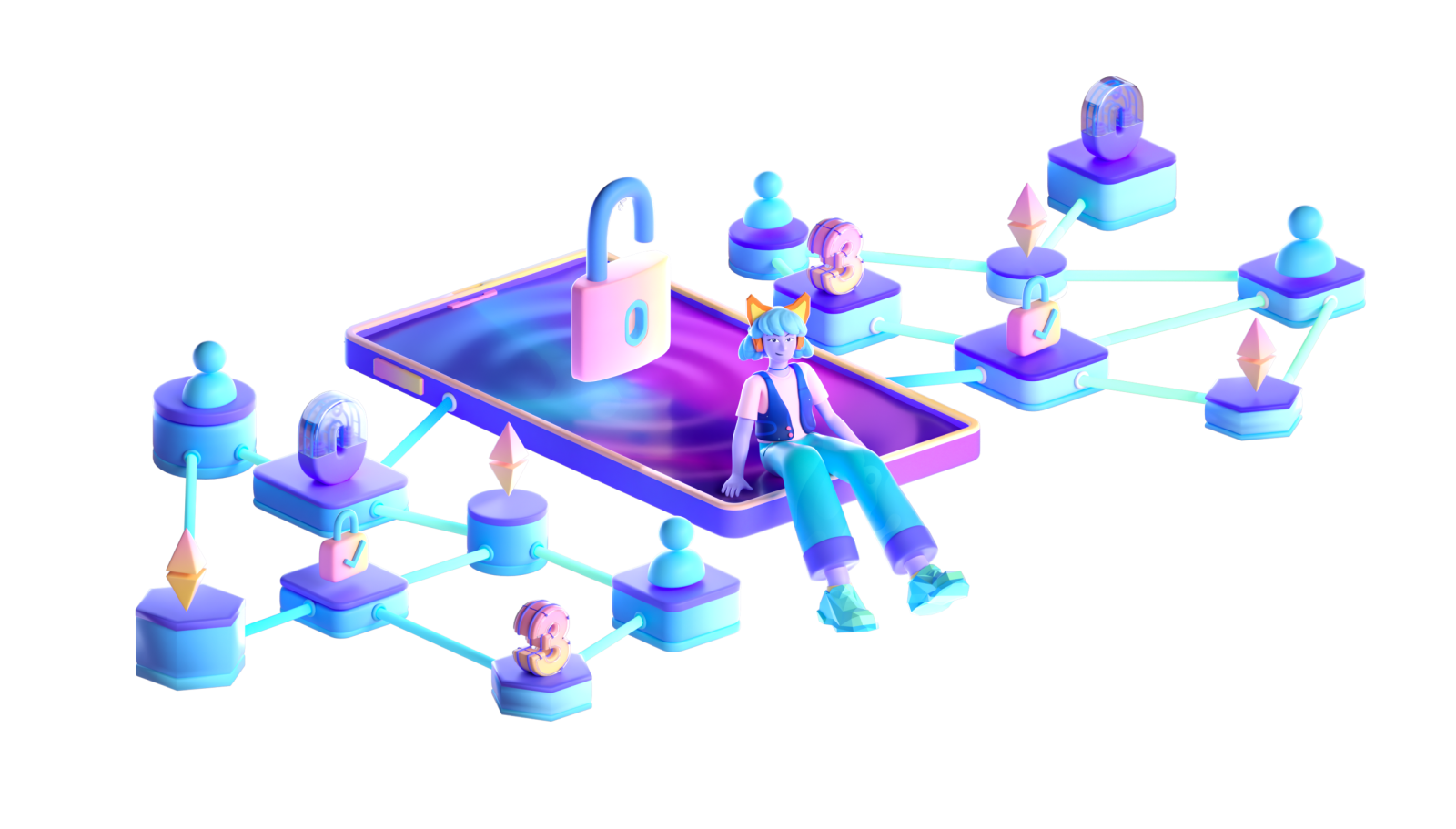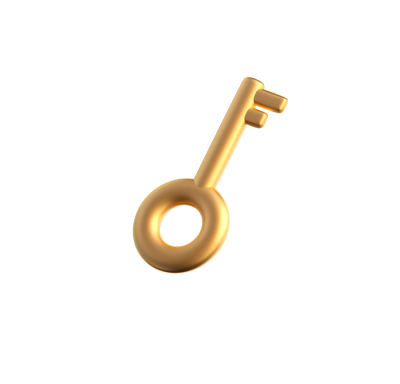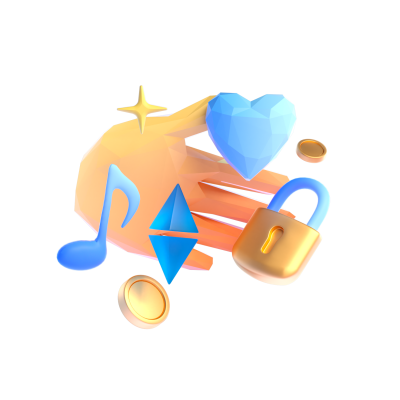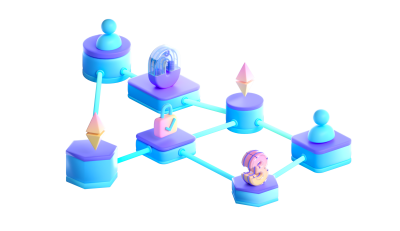What is Self-Custody?

We’re very used to leaving things in the custody of others.
Custody refers to the protective care or guardianship of something. We routinely leave assets in the custody of banks, investment managers, and exchanges.
In the early days, banks held exclusively physical cash and were places you could leave your money and valuables and feel confident they were protected. Banks had vaults, whereas you had pillows and floorboards.
The self-custody version of a bank vault is a home safe: you give up much of the security of the bank but have complete control over the assets you’ve stored in it. And not only does that mean you have control over them—it also means nobody else does. But, the responsibility to protect those assets is entirely yours.

As most modern financial activity—including banking—has gone digital, it’s second nature to think about assets as existing electronically: as a matter of fact, just 8% of all the money on Earth exists physically.
The other 92% is non-physical: when you receive a paycheck, pay for your Netflix subscription, or buy a medieval goblet off Amazon, those transactions are happening digitally without any physical cash changing hands.
While it’s natural to think about banks as the places where we store our money and assets given our historical reliance on them, the physical and digital worlds are entirely different.
There are drawbacks to relying on a bank or a crypto exchange for custody of your assets. For example, you must always authenticate yourself to your bank before they’ll let you access your accounts. This is normally a good thing, until an unusual transaction (like buying a medieval goblet) appears suspicious to the custodian, who may then lock your accounts. Or, a financial crash happens and your custodian places limits on the sale of stock from your accounts, or worse, a market crash forces your bank into bankruptcy which prevents you from withdrawing your money.

What this all reveals is that there is an intermediary who actually controls your assets, and they are the ones who give you permission to access them…and can take that permission away.
This is one of the critical differences with cryptocurrency: you can be the custodian of your own digital assets, which is where the term “self-custody” comes from.

What is Self-Custody?
 01
01Self-custody is true digital ownership
 02
02Self-custodial wallets like MetaMask have no access or control over my assets, they are always on and allow me to grant permissions
 03
03Self-custody means that I protect and guard my assets with complete control over them
Ready to take the next step?
Explore MetaMask
